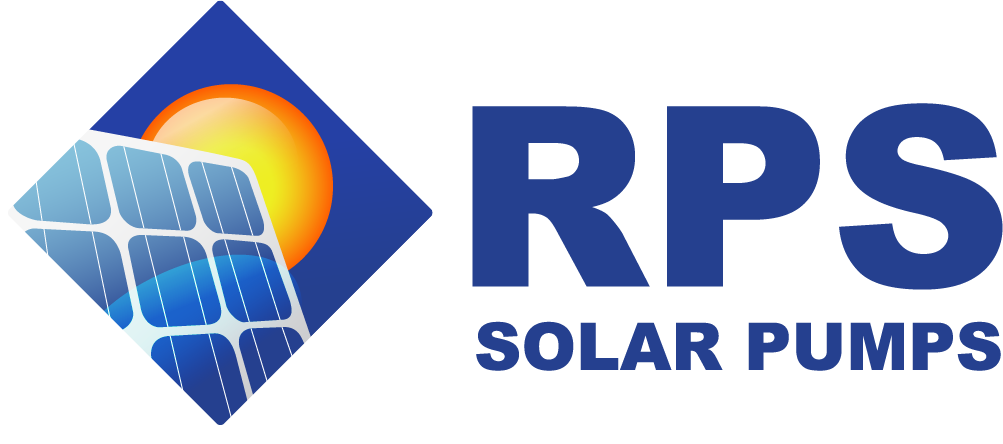How does a solar pump work?
Today’s question is, “How does a solar pump work?” What are the main components and how do they all work together? For a majority of solar pump systems, there’s going to be three main components.
The first and obvious one is going to be the pump. That can be a submersible pump, it can be a surface pump, just depends on the exact application. The majority of solar pumps are going to have a controller. So since we’re using brushless motors and DC energy, there’s going to need to be a controller in between.
The controller takes the power from the solar panels and sends it in the right way to the pump. That also provides lots of options because now we can do well low sensors and tank full sensors for more complete automatic operation of the system.
The last part of the system are the solar panels. Now the solar panels take photons from the sun and they convert that to DC energy. Now, the way these three parts work together is: the sunlight shines on the panels and that produces the energy that then goes to the controller. Now, depending whether the pump needs to operate or not, the controller is going to send that power down to the pump and operate it as needed to fill your tank up.
Now, when the tank’s full, the controller can also sense that, and it is going to shut down the pumps so you don’t overflow your tank. By setting up these sensors and the controller, we can have an automatic watering system that just turns on when the sun is shining and the tank is low.
